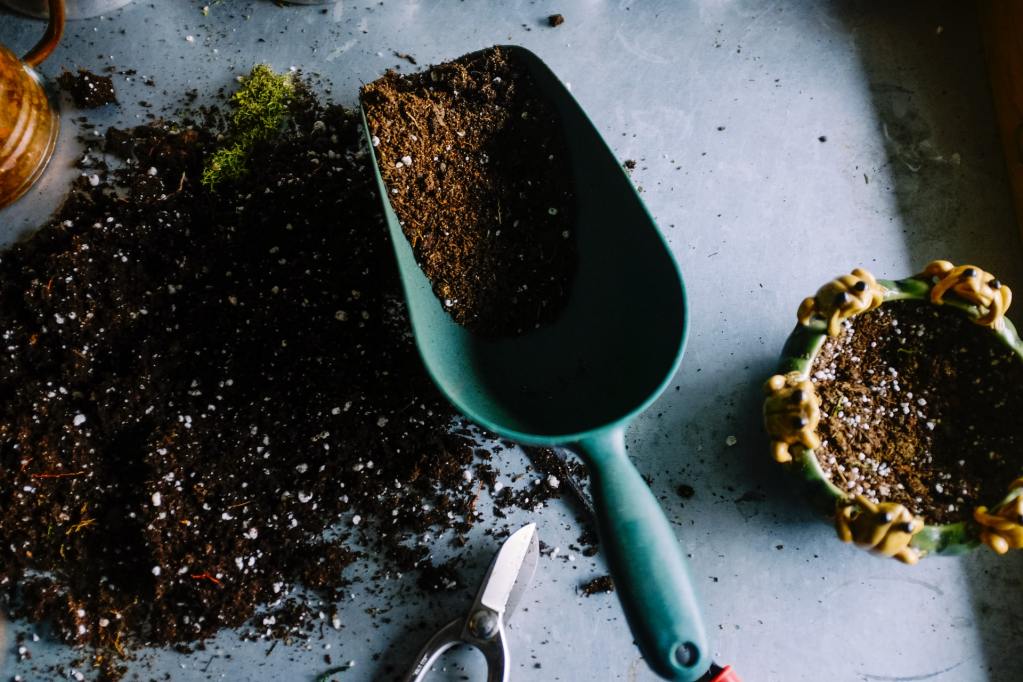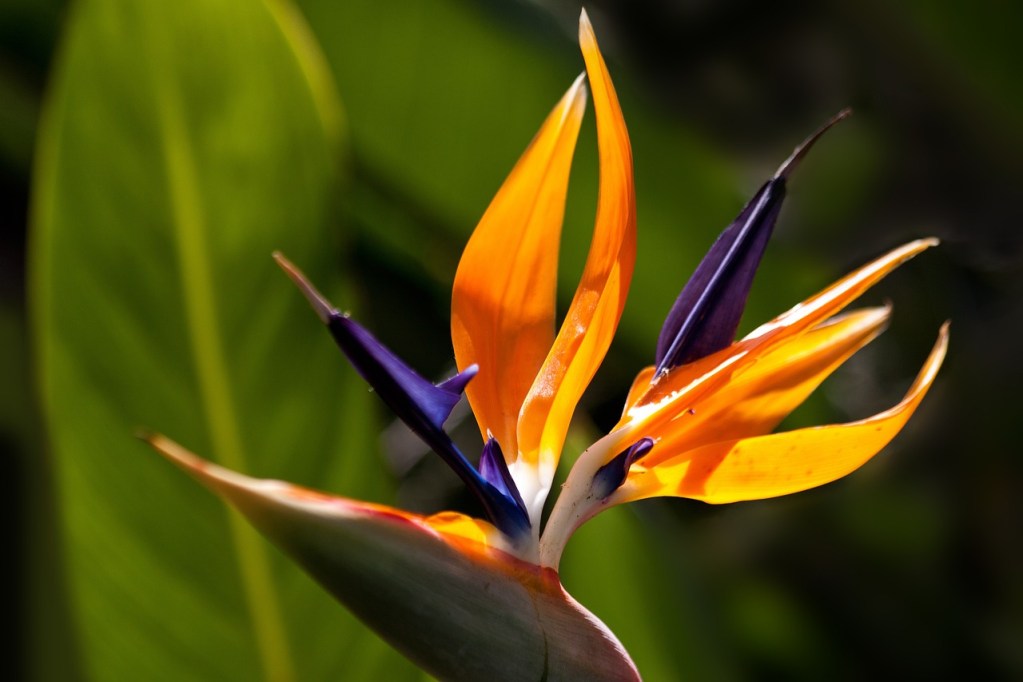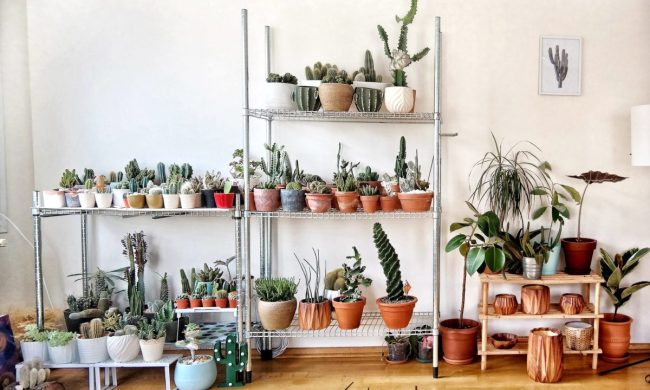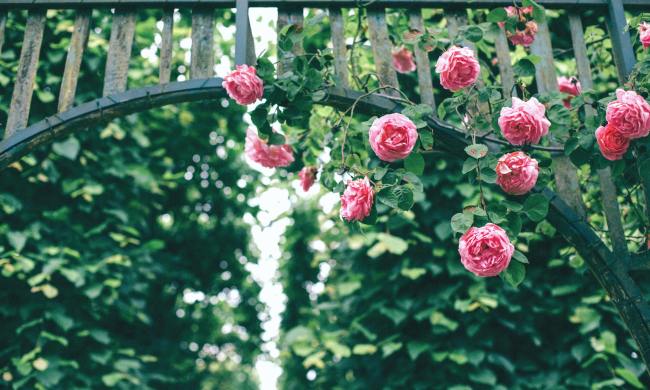Whether they’re found in their natural habitats in the wild or as the centerpiece in an indoor garden, bird of paradise plants are eye-catching and perfect for adding some color and tropical flair to your home. This plant is native to South Africa and is well-known for its lush foliage and attractive tropical blooms with vividly colored flowers. The plant gets its name from the stunning flower’s resemblance to a colorful bird in flight.
While they’re popular for their beauty, they are also somewhat tricky to grow, and tend to be more expensive than other common houseplants. This can be a source of frustration if you want to grow several bird of paradise flowers. You might be wondering, can you grow a bird of paradise from a cutting? Luckily, you can! Here’s what you need to know about how to propagate bird of paradise plants.
What is the best way to propagate a bird of paradise to ensure the success of your plant?

Many bird of paradise plant lovers understand this plant is relatively expensive to own and maintain. Due in part to their exotic nature and demand for warmer climates, the full-sized versions of these plants can range from $100 to $500. For this reason, many owners often wonder if they can grow a bird of paradise from a cutting, which is a cost-effective alternative for adding a full-sized plant to a foliage collection.
There are two main ways to propagate this plant: growing from a cutting or from a seed. While both methods of separating and growing can be successful, seeding can require more patience and time than growing from a division. For this reason, you’ll see faster results if you grow from a cutting rather than a seed.
What time of year should you propagate your bird of paradise plant?

The best time of year to propagate a bird of paradise is during the growing season, preferably between spring and summer. Generally speaking, summer is the time of year when this plant is actively growing outside, so you want to divide your plant around late spring. That said, indoor bird of paradise plants may have more of an active period during spring, so you could even push back your division to late winter. Just make sure you’re working with a healthy plant to begin with, or else you may need to rehabilitate your plant down the road.
Bird of paradise plants do best when you divide them every three to five years, so you certainly don’t want to divide them up every year. That said, if you notice clusters of plants prolifically crowding an area, you can certainly divvy them up as you see fit.
What to consider when propagating a bird of paradise

When aiming to propagate a bird of paradise plant, you must consider several things first. First and foremost, you can’t just rely on cutting a leaf from the plant to replant. While some plants can be reproduced from leaf and stem cuttings, a bird of paradise needs more than that to grow successfully. In order to propagate a bird of paradise, you’ll need to cut a portion of the plant’s root; the stem or leaf alone won’t have enough of the tissue needed to produce a new plant.
How to propagate a bird of paradise plant the right way

Bird of paradise propagation isn’t difficult and can be most easily and effectively achieved through plant division. Ideally, propagation should occur while you are already replanting a bird of paradise that has outgrown its pot. While it’s out, sever a piece of the bulb or the root with a sharp, clean knife. You can sprinkle some rooting hormone on the open cuts to encourage quicker and greater root depth. With each plant division, there should be a fan with attached roots for the regrowth plant. Then, you can plant the bird of paradise root division in a small and clean pot with high-quality planting soil.
Because new cuttings can be fragile as they start to develop their roots, keep your new baby plant indoors to protect it from the elements. While most gardeners are tempted to water the new division right away, it’s best to let the cuts heal without water first. After a few days, you can begin a regular watering schedule for the plant.
How to transplant a cutting into a pot

Once a division begins to show solid regenerative growth, it’s safe to move it into the pot where it will live for a while. Here’s how to repot your bird of paradise cuttings with ease.
- Fill a large pot that’s at least 12 inches wide and deep, choosing your planter based on the size of the plant with potting mix.
- Add 2 parts potting soil to 1 part perlite for best results.
- Soak the root system with a running hose for about 10 to 15 minutes.
- Wait about 20 minutes so that the water has time to soften the roots.
- Mark at least a 10-inch radius around the plant.
- Following that marked radius line, use a trenching shovel to dig approximately 18 inches around.
- Lift the plant and its root ball into the pot while fanning out the roots, being careful not to break the roots.
- Backfill the pot with soil.
- Water thoroughly until liquid drains from the bottom of the pot.
How long until your new bird of paradise plant blooms?

Once you’ve finished dividing your bird of paradise plant, all that’s left to do is take care of it and wait patiently to see new flowers. Luckily, you won’t have to wait as long to see flowers on your new bird of paradise plant as you would have if it were being grown from seed. Bird of paradise plants grown from seed can take three to five years to bloom. A bird of paradise plant that is grown from a division or cutting, however, has already done a large part of the growing. You’ll only need to wait another year or two for the new plant to bloom.
Proper care can help ensure your bird of paradise bloom as quickly as possible. Sunlight in particular is important to pay attention to, as too little sunlight is one of the main reasons bird of paradise plants don’t bloom. However, water and soil nutrition are important too!
Can you propagate a bird of paradise in water?

Many plants can be propagated in water, but unfortunately, bird of paradise flowers are not one of them. Since they need to be propagated through root cuttings, soil is the only way to root them. Stem and leaf cuttings can be grown in water, because the shoots need to grow roots. Root cuttings, however, typically will not grow shoots and leaves in the water. Even plants that grow in the water, like water lilies and lotuses, need soil or some other substrate in order to grow. So, while you can put cut bird of paradise flowers in water to keep them fresh longer, you shouldn’t try to propagate them that way.
You can grow a bird of paradise from a cutting, but you want to ensure it comes from a division of the plant with its bulb or root, not the leaves. Also, it’s essential to note that unless you live in a warmer climate that’s not subject to freezing temperatures, it’s best to plant your birds of paradise in pots rather than directly in the ground. This ensures that you can propagate your plantings successfully and that you can bring them indoors to accommodate weather changes.




